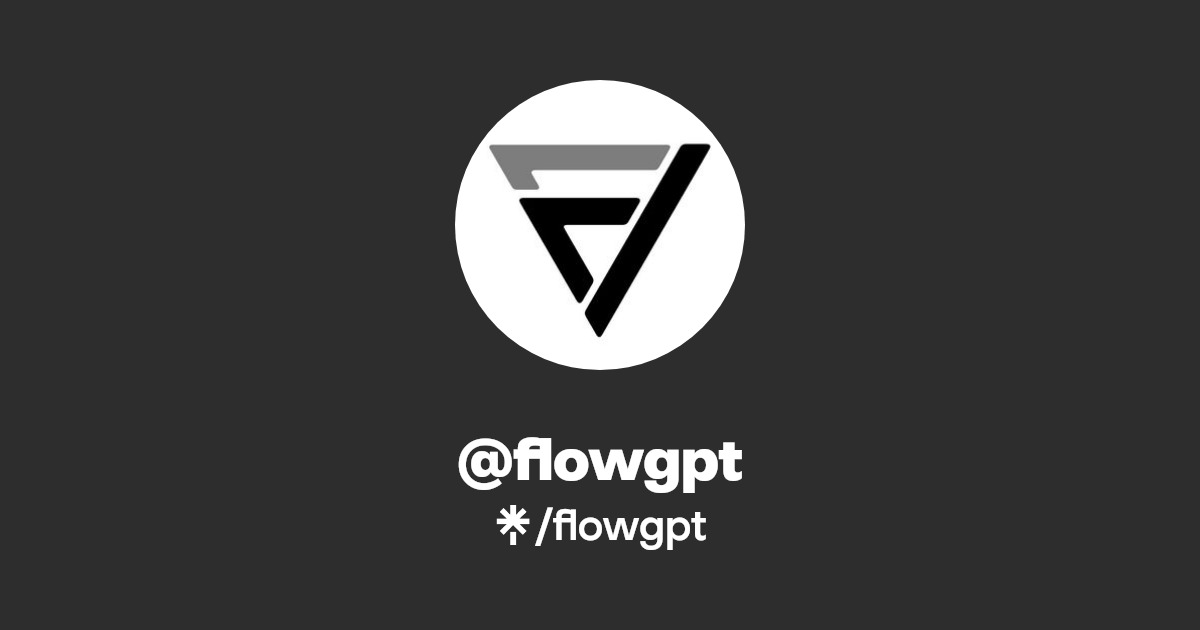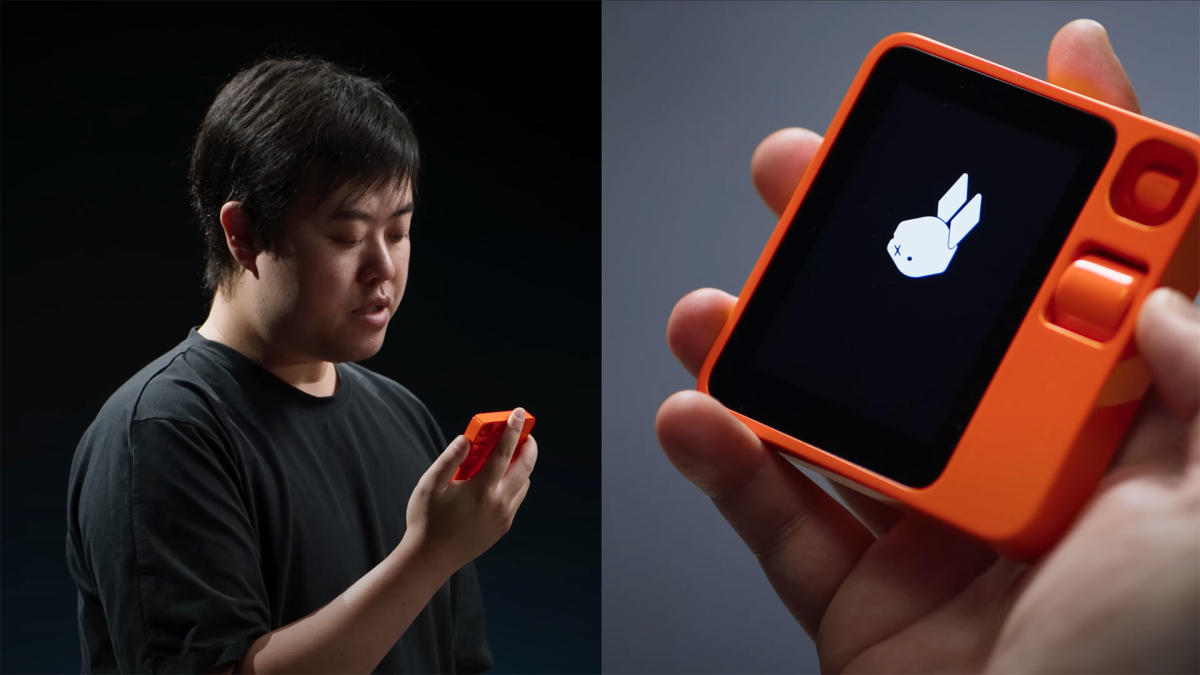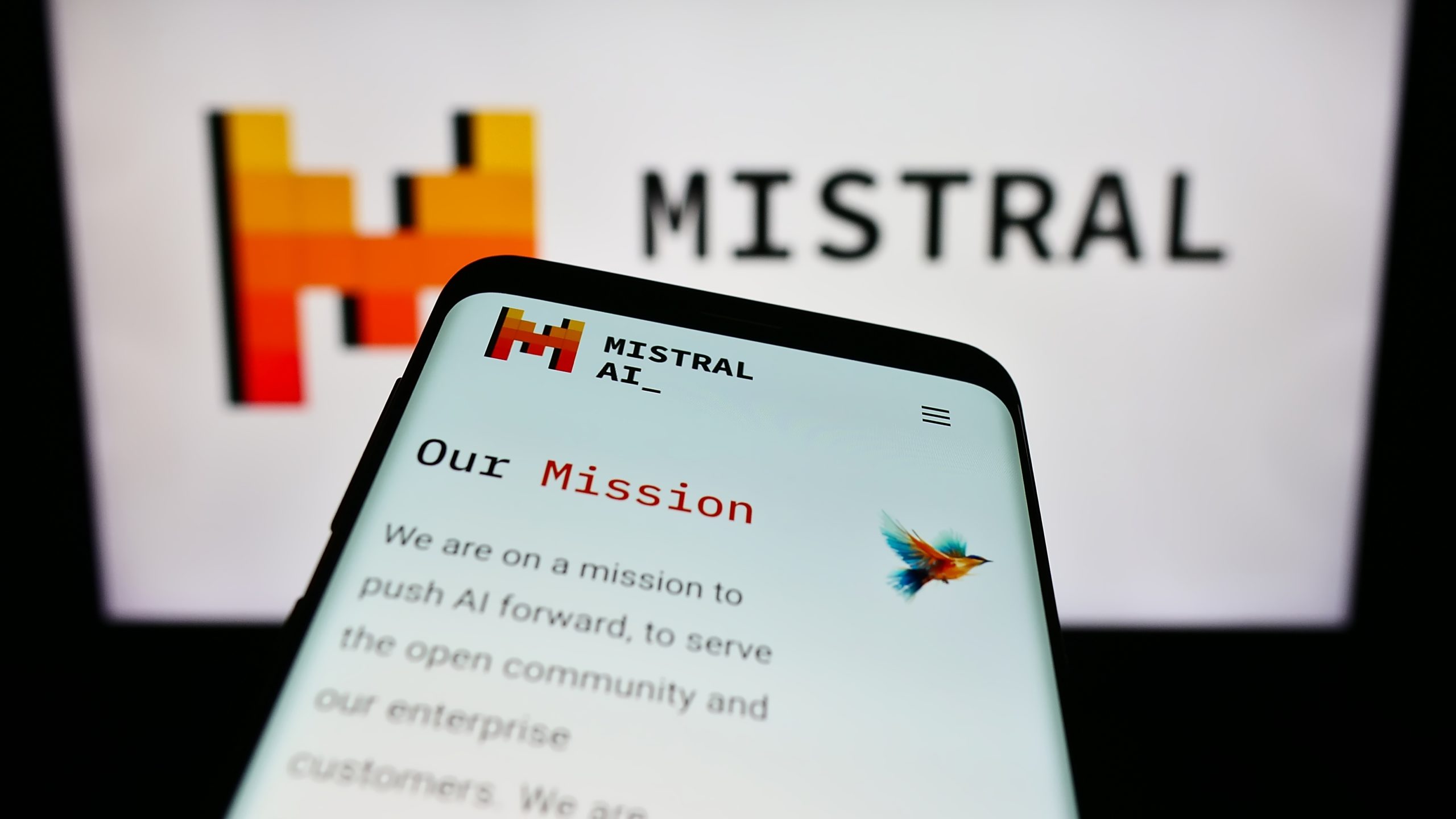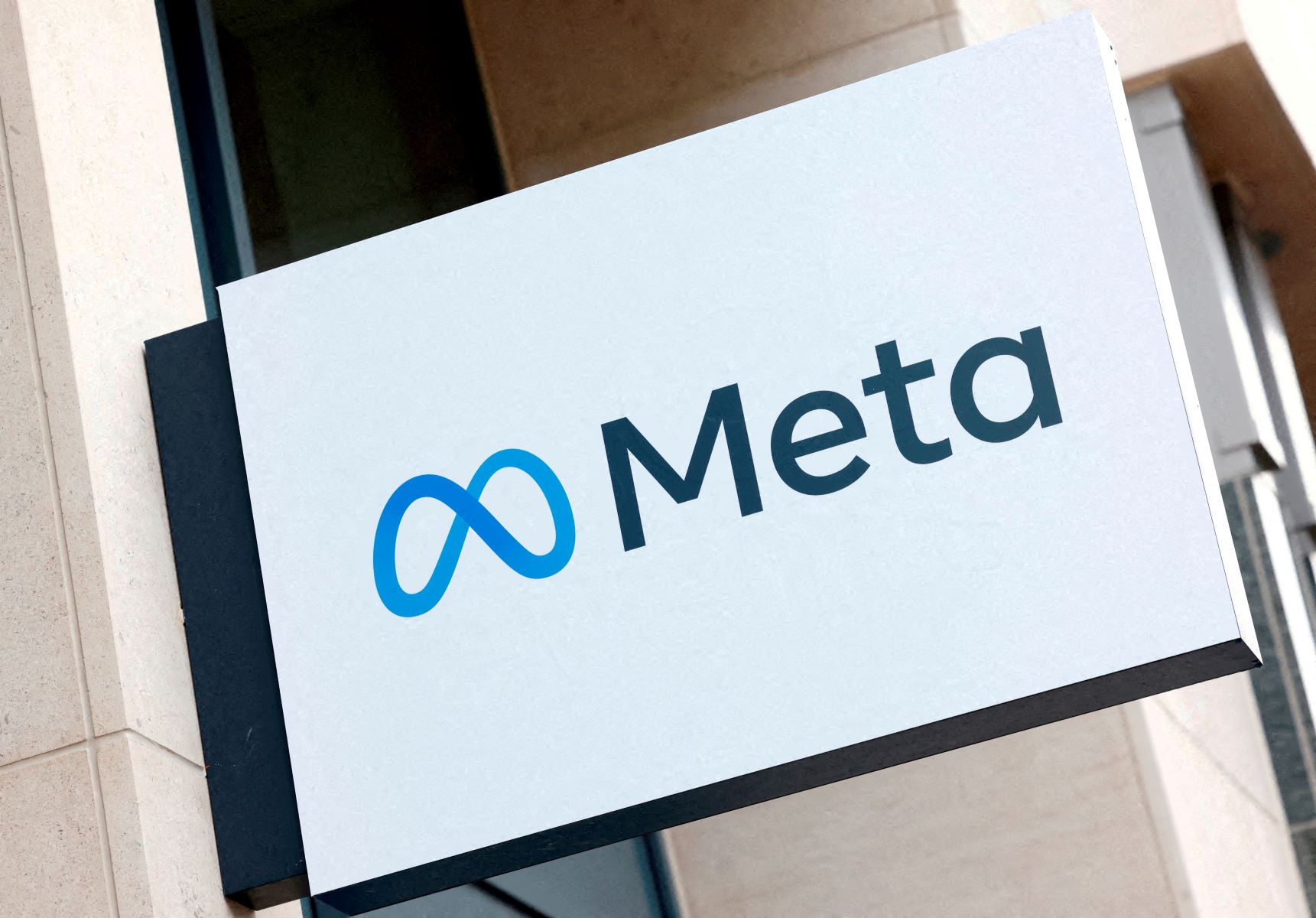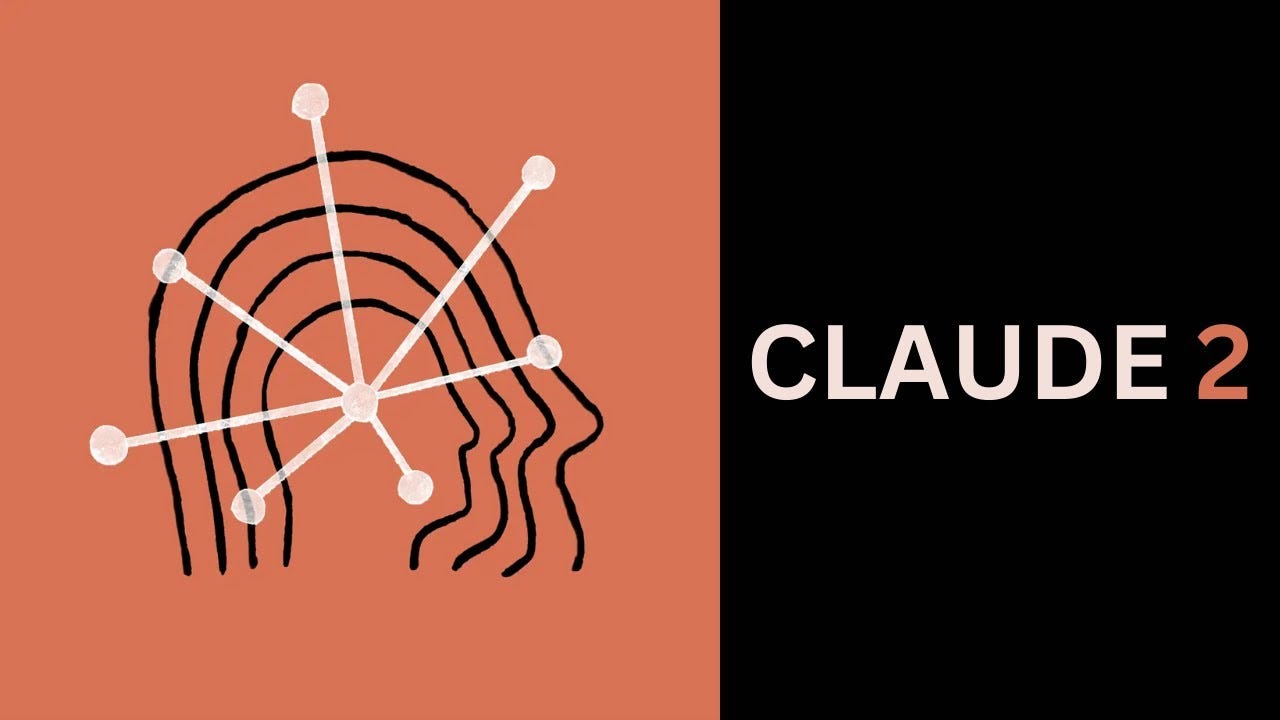AI startup Anthropic has introduced its latest GenAI model, Claude 3, which the company claims can rival OpenAI’s GPT-4 in terms of performance. The new model is a significant step forward for Anthropic, backed by substantial venture capital, and is expected to make waves in the AI landscape.
Key Takeaway
Anthropic’s new GenAI model, Claude 3, introduces enhanced capabilities and multimodal functionality, positioning itself as a strong competitor to existing models like GPT-4. With a focus on addressing limitations and expanding contextual understanding, Anthropic aims to make Claude 3 a significant player in the AI landscape.
Enhanced Capabilities and Multimodal Functionality
Claude 3, the latest addition to Anthropic’s GenAI lineup, comprises three models: Claude 3 Haiku, Claude 3 Sonnet, and Claude 3 Opus, with Opus being the most powerful. Anthropic asserts that these models exhibit increased capabilities in analysis and forecasting, outperforming models like GPT-4 and Google’s Gemini 1.0 Ultra in specific benchmarks.
Notably, Claude 3 is Anthropic’s first multimodal GenAI, enabling it to analyze both text and images. This functionality allows the model to process various visual data, including photos, charts, graphs, and technical diagrams from different document types.
Limitations and Improvements
While Claude 3 can analyze multiple images in a single request, it has limitations in image processing, such as the inability to identify people and challenges with low-quality images. Additionally, the model does not generate artwork at this stage.
Anthropic emphasizes that Claude 3 is expected to better follow multi-step instructions, produce structured output, and engage in multilingual conversations compared to its predecessors. The company also plans to introduce frequent updates to address any limitations.
Contextual Understanding and Future Plans
Claude 3 boasts an expanded context window, allowing it to consider a significant amount of input data before generating output. Anthropic plans to further enhance the model’s capabilities, aiming to enable it to interact with other systems and deliver advanced agentic capabilities.
Pricing and Market Availability
The models Opus, Sonnet, and Haiku are available for use, with pricing based on input and output tokens. Customers can access these models through various platforms, including Anthropic’s dev console and API, Amazon’s Bedrock platform, and Google’s Vertex AI.









